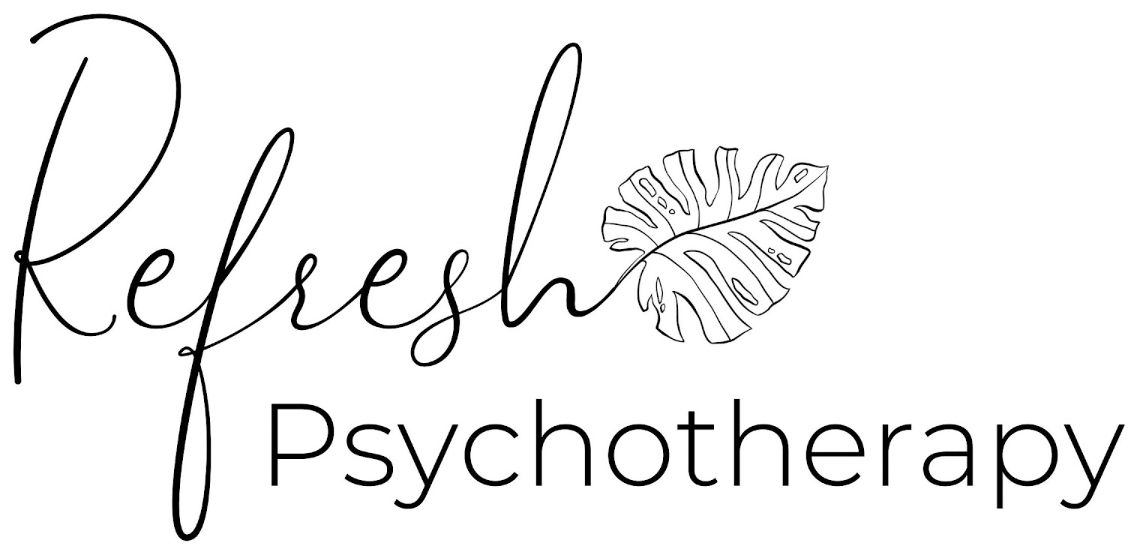
How to Research Health Conditions Mindfully: A Guide to Using Google Without Spiraling
The moment you notice a new symptom or receive a diagnosis, it’s natural to open Google. You want answers—fast. Whether it’s a rash, persistent fatigue, or something more alarming, the internet feels like an instant gateway to clarity. But while online research can empower you to make informed decisions, it can also escalate anxiety, spread misinformation, and lead you to worst-case conclusions. This is where mindfulness comes in.
Mindful research means staying intentional, aware of your emotional state, and grounded in your goals. It doesn’t mean avoiding the internet—it means using it wisely. Here’s how to research your health online without spiraling.
Why Mindfulness Matters in Health Research
Your mindset directly affects how you interpret health information. When you’re anxious or afraid, your brain is more likely to engage in confirmation bias—seeking out information that supports your worst fears while ignoring more balanced explanations (Lilienfeld et al., 2015). This can lead to “cyberchondria,” a term for health anxiety triggered or worsened by internet searches (Muse et al., 2012).
The sheer volume of medical content online makes it easy to fall into this trap. Mindfulness helps you slow down and stay conscious of how you’re reacting emotionally while reading. This awareness reduces reactivity and helps you evaluate information more rationally (Kiken et al., 2015).
Step 1: Set Your Intentions Before You Search
Before typing anything into the search bar, pause. What are you hoping to learn? Are you looking for treatment options, better understanding, or questions to ask your doctor? Or are you seeking reassurance? Recognizing your goal prevents aimless scrolling and grounds your search in a clear purpose.
It’s also important to acknowledge how you’re feeling. If you’re already anxious, wait until you’re in a calmer state. Research shows that heightened emotional arousal can impair rational decision-making and increase impulsive behavior (Arnsten, 2009). A few deep breaths or a short grounding exercise can help you engage more thoughtfully.
Step 2: Choose Your Sources Wisely
Not all websites are created equal. Reputable health sources typically end in .org, .gov, or .edu, and are affiliated with recognized institutions. Some of the best include:
- Mayo Clinic (mayoclinic.org)
- Cleveland Clinic (clevelandclinic.org)
- MedlinePlus (medlineplus.gov)
- National Institutes of Health (nih.gov)
These sources tend to offer balanced, peer-reviewed, and regularly updated information. In contrast, blogs, forums, and anecdotal reports can be misleading or emotionally charged. While personal stories may be validating, they’re not substitutes for clinical data—especially early in your research.
Watch for red flags like:
- “Cure your condition naturally in 3 days”
- Heavy use of fear-based language
- Lack of author credentials or cited research
Step 3: Read With a Critical Mindset
Once you start reading, pay attention to how information is framed. Are you seeing similar facts across different sources? Or are you finding contradictory and confusing claims? Trustworthy information tends to be consistent across expert sites.
Also, check the publication date. Medical advice evolves rapidly, especially in areas like neurology, endocrinology, and infectious disease. An article from 2012 might be outdated, even if it’s from a reliable source.
Be wary of single statistics or statements that sound extreme. Context is everything. For example, a statistic that says “this condition triples your risk of X” may sound dramatic—but if the original risk was 0.5%, tripling it still keeps it under 2%. That doesn’t mean it’s not serious, but the framing can dramatically affect how you perceive the information (Gigerenzer et al., 2007).
Step 4: Keep a Research Journal
One of the most mindful practices you can adopt is tracking what you’re reading. This doesn’t need to be elaborate. It can be a simple notebook or digital document where you:
- Write down key facts or findings
- Track which sites you visited and when
- Record your emotional reactions or questions to ask your provider
This keeps your research organized and stops you from repeating the same spiral. It also gives you a concrete way to prepare for appointments, making your conversations with doctors more efficient and collaborative.
Step 5: Know When to Stop and Seek Guidance
One of the clearest signs you’ve gone too far is when researching starts to heighten—not relieve—your anxiety. If you’re checking multiple sources in quick succession, obsessively comparing symptoms, or feeling overwhelmed, it’s time to stop. There’s no definitive line between being informed and becoming consumed, but your body will usually let you know.
Mindful research means knowing when to defer to a professional. The goal isn’t to self-diagnose—it’s to ask better questions, understand your options, and participate meaningfully in your care. Your doctor’s role is to connect the dots with clinical context you don’t have access to—and no amount of Googling can replace that expertise.
Conclusion
The internet can be a powerful tool for understanding your health, but only if used with care. Practicing mindful research helps you stay grounded, reduce unnecessary anxiety, and approach medical decisions with confidence rather than fear. You deserve accurate, empowering information—and a process that supports your well-being rather than derailing it.
Want to incorporate mindfulness into your life? Make an appointment with one of Refresh’s talented therapists at:
Written by: Keeley Teemsma, LCSW, MA
Works Cited
Arnsten, A. F. (2009). Stress signalling pathways that impair prefrontal cortex structure and function. Nature Reviews Neuroscience, 10(6), 410–422.
Gigerenzer, G., Gaissmaier, W., Kurz-Milcke, E., Schwartz, L. M., & Woloshin, S. (2007). Helping doctors and patients make sense of health statistics. Psychological Science in the Public Interest, 8(2), 53–96.
Kiken, L. G., Garland, E. L., Bluth, K., Palsson, O. S., & Gaylord, S. A. (2015). From a state to a trait: Trajectories of state mindfulness in meditation during intervention predict changes in trait mindfulness. Personality and Individual Differences, 81, 41–46.
Lilienfeld, S. O., Lynn, S. J., Ruscio, J., & Beyerstein, B. L. (2015). 50 Great Myths of Popular Psychology: Shattering Widespread Misconceptions about Human Behavior.
Wiley-Blackwell.Muse, K., McManus, F., Leung, C., Meghreblian, B., & Williams, J. M. G. (2012). Cyberchondriasis: Fact or fiction? A preliminary examination of the relationship between health anxiety and searching for health information on the Internet. Journal of Anxiety Disorders, 26(1), 189–196.
